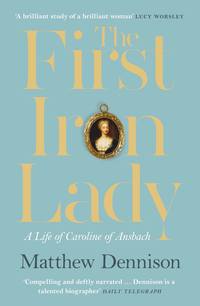The First Iron Lady: A Life of Caroline of Ansbach

Полная версия
The First Iron Lady: A Life of Caroline of Ansbach
Язык: Английский
Год издания: 2018
Добавлена:
Настройки чтения
Размер шрифта
Высота строк
Поля
Конец ознакомительного фрагмента
Купить и скачать всю книгу



